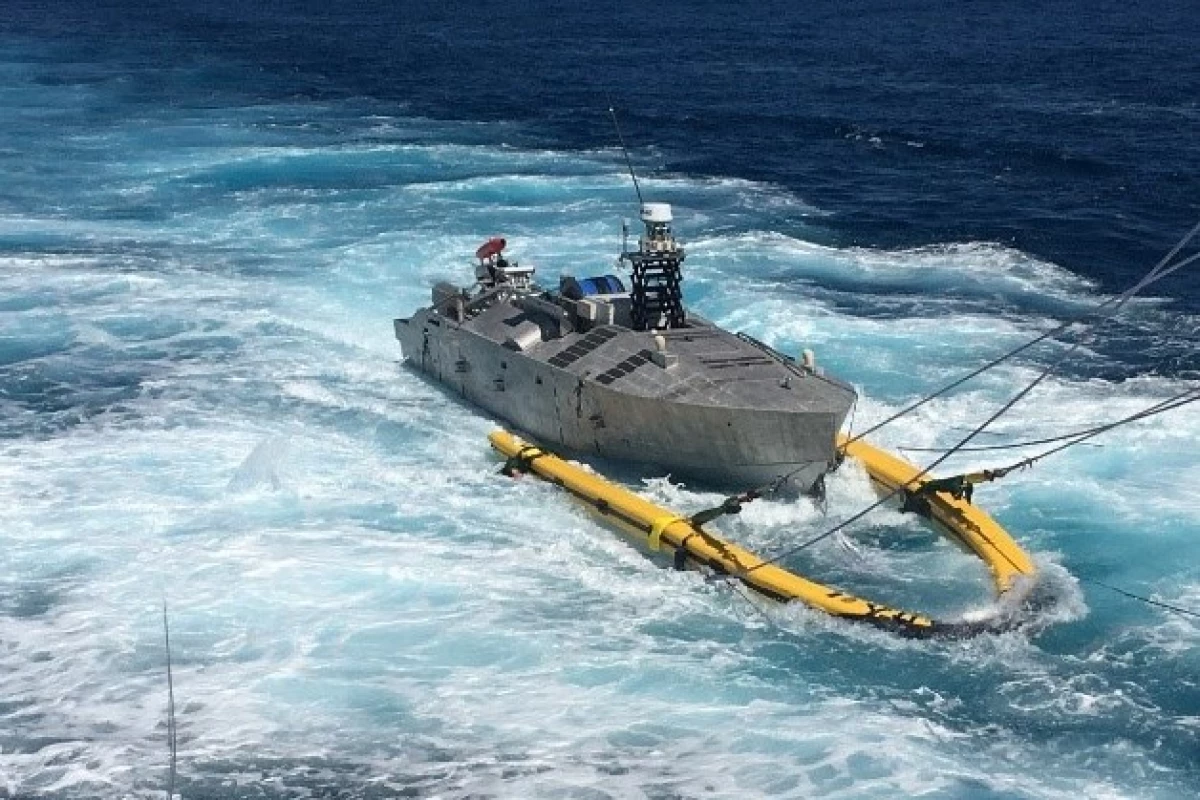Robotic ships have officially joined the US Navy. The Program Executive Office, Unmanned and Small Combatants (PEO USC) announced on July 22 that the Navy's Unmanned Influence Sweep System (UISS) uncrewed minesweeper has been awarded Initial Operating Capability (IOC).
The announcement that the UISS has reached the state where it is at least minimally ready for deployment is a major advance in the Navy's program of introducing uncrewed ships into the fleet as a way to not only shield humans from going into harm's way, but also as a means of reducing costs while increasing capabilities.
The IOC declaration comes after the formal testing of the system and the delivery of the supporting logistics and training materials for the minesweeping mission package. According to the PEO, this marks a significant milestone in the push to produce a hybrid crewed/uncrewed fleet for the Navy.
Developed by Textron Systems, the UISS is a self-propelled, semi-autonomous surface vessel that can seek out undersea mines acoustically and magnetically. When it is fully operational, it will replace the Navy's Avenger-class minesweeping ships and MH-53E Sea Dragon helicopters and will operate from a variety of ships to keep sea lanes, fleet operating areas, straits, choke points, and amphibious landing sites clear of mines.
The UISS is diesel driven with a maximum range of 87 miles (140 km) and can operate at sea for over 20 hours. It can also tow about 4,000 lb (1,814 kg) at a speed of 20 kt (23 mph, 37 km/h). Payloads include side-scan sonar, gap-filling sonar, forward sonar, non-lethal weapons, mine neutralization systems, and intelligence, surveillance, and reconnaissance (ISR) sensors. These will allow it to simultaneously detect, locate, and classify bottom, moored, close-tethered, and volume-moored mines.
"UISS’s declaration of IOC is a monumental achievement for the Navy’s Mine Countermeasures (MCM) Mission Package (MP)," said Capt. Godfrey “Gus” Weekes, LCS Mission Modules (PMS 420) Program Manager. "Over the years, the program has worked tirelessly to mature and field the UISS system that will keep the Navy’s most valuable asset, our sailors, safer by keeping them out of the minefield. With this declaration, the program is inching closer toward system-wide IOC for the MCM MP."
Source: US Navy





